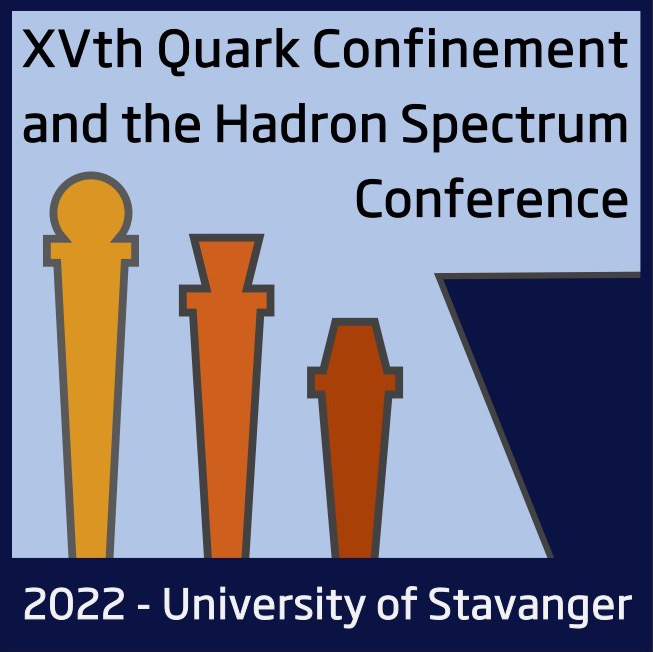Speaker
Description
In real-world QCD and its large-N generalization, it is not clear how confinement/deconfinement transition can be defined in terms of symmetry. Dynamical fundamental quarks spoil the center symmetry, and finite quark mass spoils the chiral symmetry. It is widely believed there is no phase transition in the literal sense. However, progress in holography and QCD-like theories suggest the existence of phase transitions --- not just one, but actually two. Analytic calculations in some theories suggest the Polyakov loop plays an important role, although the symmetry behind it was not identified.
In this talk, I show that the Polyakov loop is directly connected to gauge symmetry. The Polyakov loop can be defined in the operator formalism as well, and it captures the symmetry of the quantum states dominating thermodynamics. In the large-N limit, two phase transitions correspond to the transition from the completely-confined phase to the partially-deconfined phase, and the other transition from the partially-deconfined phase to the completely-deconfined phase. In fact, this can be understood almost trivially if one notices a connection between Bose-Einstein condensation and color confinement at large N. Indeed, Feynman made a similar observation in 1953! We suggest this story generalizes to SU(3).

